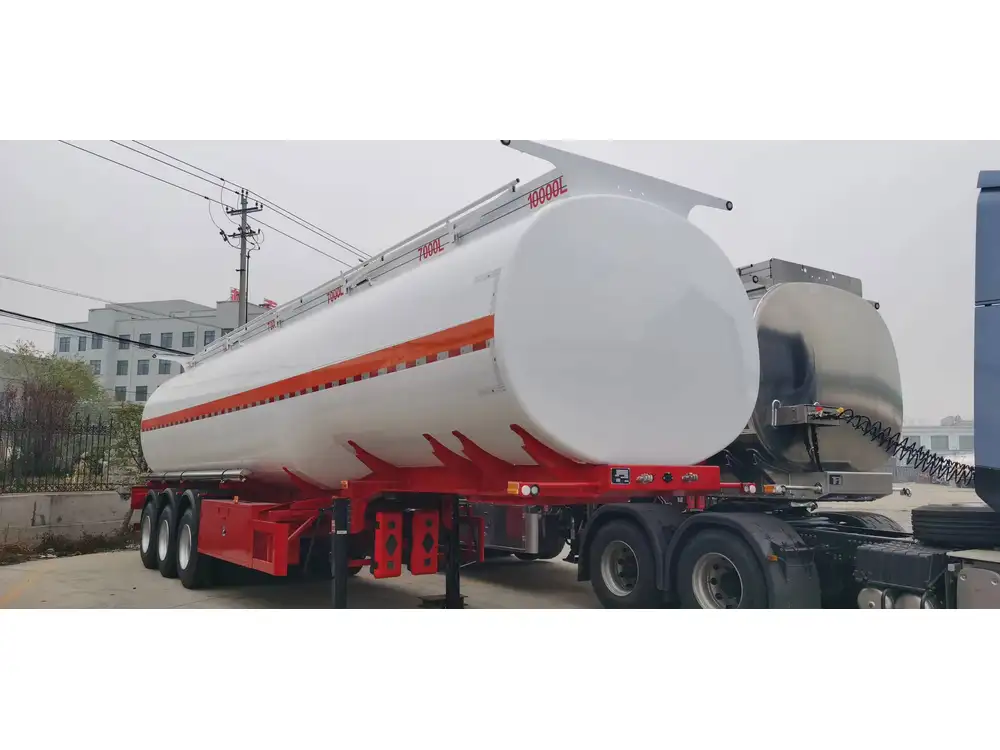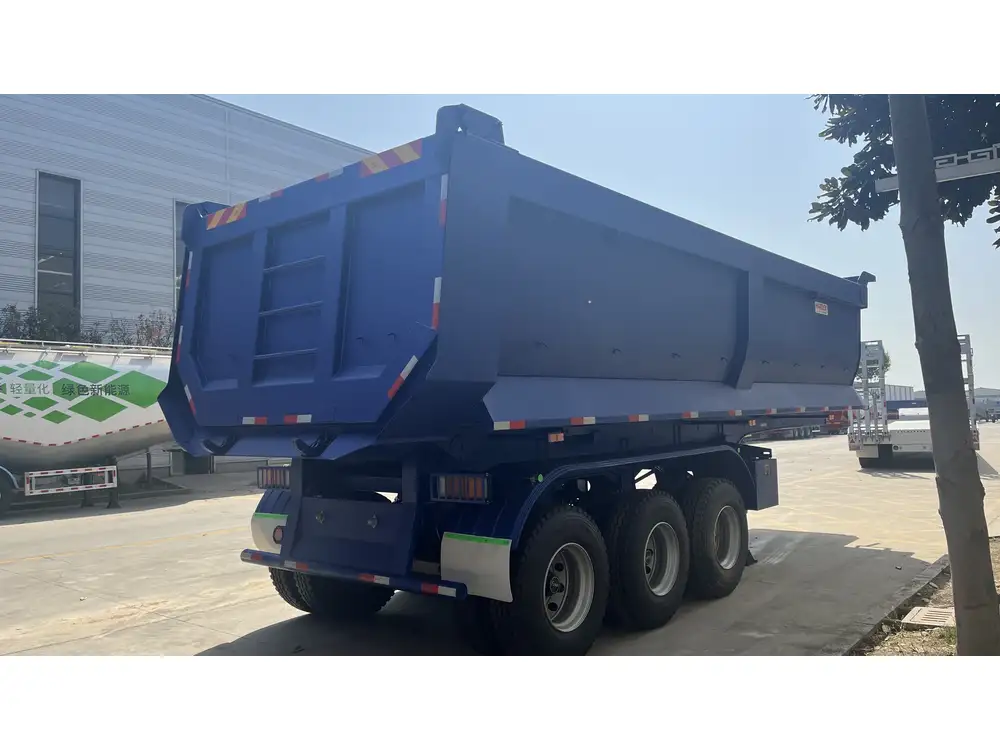When it comes to hobbyist endeavors, building an RC car carrier trailer is an exciting project that combines creativity, engineering skills, and a little bit of DIY magic. In this guide, we delve into the intricacies of constructing a functional and aesthetically pleasing RC car carrier trailer, ensuring a seamless experience for transporting your radio-controlled vehicles.
Understanding the Basics of RC Car Trailers
What is an RC Car Carrier Trailer?
An RC car carrier trailer is a specialized trailer designed to transport one or more radio-controlled cars safely and effortlessly. These trailers are essential for hobbyists who attend racing events, exhibitions, or simply want to maintain their vehicles in pristine condition when not in use.

Importance of a Quality Trailer
- Protection: Safeguards your RC cars from damage, dust, and dirt.
- Convenience: Simplifies the process of transporting multiple vehicles.
- Organization: Maintains a structured approach to storing your ASCC (All Scale Car Class) collection.
Materials Required for Building an RC Car Carrier Trailer
Creating a durable and effective RC car trailer begins with selecting the right materials. Below is a detailed breakdown of the essential components and materials you will need to consider.
| Material | Description |
|---|---|
| Plywood | Lightweight and strong; ideal for the trailer base. |
| Aluminum Extrusions | Provides a sturdy frame while minimizing weight. |
| Wheels | Choose rubber tires for traction and durability. |
| Axles | Ensure they are compatible with your chosen wheel size. |
| Screws & Bolts | Use stainless steel for corrosion resistance. |
| Paint & Finishing | Optional, but recommended for aesthetics and protection. |
Tools Needed
- Drill: For making precise holes for screws and bolts.
- Screwdriver: Flathead and Phillips for various screws.
- Saw: A jigsaw or circular saw is necessary for cutting plywood and aluminum.
- Measuring Tape: To ensure all components are accurately measured.
- Sandpaper: For smoothing edges on cut materials.

Step-by-Step Instructions for Building an RC Car Carrier Trailer
Step 1: Designing Your Trailer
Begin with a detailed design. Consider the number of RC cars you want to transport and their dimensions. Sketch out the design on paper or use design software.
Key Design Considerations
- Size: Ensure the trailer can comfortably hold your RC cars.
- Weight Distribution: Plan the layout to promote even weight distribution, preventing tipping.
- Accessibility: Design entries or ramps for easy loading and unloading.

Step 2: Constructing the Base
Using your plywood, cut out the base according to your design. A common size for a dual-car trailer is 24” x 48”.
- Cut the Plywood: Use the jigsaw to cut the plywood to your desired size.
- Sand the Edges: Use sandpaper to smooth the edges for safety and aesthetics.
- Apply Protective Finish: Optional, but a coat of paint or wood treatment helps protect the wood.
Step 3: Building the Frame
Utilizing aluminum extrusions, create a sturdy frame to support the base.
- Measure and Cut Aluminum: Use a saw to cut the aluminum to the lengths required for your trailer frame.
- Assemble the Frame: Connect the pieces using appropriate screws and bolts, ensuring tight joints for strength.
- Attach the Frame to the Base: Secure the frame to the plywood base with screws, ensuring it’s straight and level.
Step 4: Adding Axles and Wheels
Next, attach the axles and wheels to allow for mobility.
- Determine Wheel Placement: The wheels should be placed toward the rear of the trailer for stability.
- Mount the Axles: Securely attach the axles to the frame using brackets, ensuring they are firmly in place.
- Install the Wheels: Attach the wheels to the axles. Rotate them to ensure smooth movement.

Step 5: Constructing the Ramp
A ramp is essential for loading and unloading your RC cars easily.
- Cut Ramp from Plywood: Use the remaining plywood to create a ramp that is as wide as the trailer.
- Hinge Attachment: Attach one side of the ramp to the back of the trailer with sturdy hinges to allow it to fold down.
- Secure Ramp in Place: Use a latch or hook to keep the ramp secured when not in use.
Step 6: Final Touches and Customization
At this point, your trailer is functional, but it’s time to add personalized touches.
- Paint or Decorate: Apply a coat of paint or decals to match your style.
- Cargo Straps: Consider adding built-in hooks or straps to secure your RC cars during transport.
- Storage Compartment: Integrate a compartment beneath the trailer for storing tools or spare parts.
Safety and Maintenance Tips
Building your own RC car carrier trailer not only enhances your hobby experience but also requires maintenance and attention to safety.

Regular Inspections
- Check Wheels and Axles: Regularly inspect the wheels for wear and ensure axle connections are secure.
- Assess the Structure: Look for any signs of damage or looseness in the frame or base.
Cleaning and Protection
- Cleaning Procedures: Dust and wipe down your trailer after each use to prevent dirt accumulation.
- Weatherproofing: If possible, park your trailer under a cover or inside to prevent weather-related wear.
Common Questions About RC Car Trailers

How Much Can an RC Car Carrier Trailer Hold?
The capacity of the trailer depends on its size and structure. A well-constructed trailer can carry multiple standard-sized RC vehicles, often stacking them vertically if designed appropriately.
What Are the Ideal Dimensions for an RC Car Carrier Trailer?
While it ultimately depends on your preferences, a width of around 24 inches and a length that accommodates two regular-sized RC cars (around 48 inches) is a practical guideline.
Are There Kits Available for RC Car Trailer Construction?
Yes, several kits are available offering pre-cut materials and instructions for building an RC car carrier trailer, streamlining the process for beginners.

What Makes a Good RC Car Trailer?
- Stability: A wide base and low center of gravity to prevent tipping.
- Durability: Use strong materials that can withstand regular use.
- Weight: Lightweight frames enable easy towing without additional strain.
Conclusion
Constructing an RC car carrier trailer is a rewarding project that enhances your overall hobby experience. By following the provided detailed guide, hobbyists can create a custom solution that not only meets their transport needs but also reflects their personal style. With regular maintenance and thoughtful design, your RC car trailer will serve you faithfully for many seasons to come.
Whether you’re hauling your vehicles to the local racetrack or just organizing your collection at home, an efficient, stylish trailer adds a level of sophistication to the hobby. Dive into the world of RC car trailer crafting today, and revel in the satisfaction that comes from building your own bespoke solution. Happy building!



